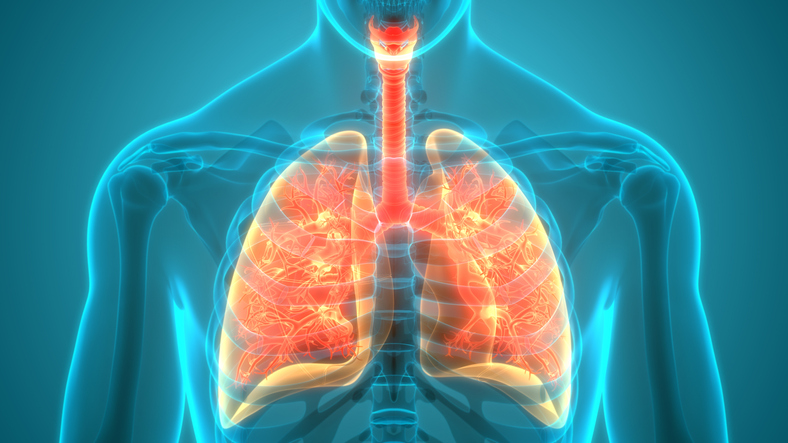Loading
Frank Coburn Is the First Patient in Southern California—and Possibly First in the U.S.—to Undergo the Lifesaving Surgery
“To anyone else, it’s just a walk around the block. But for Frank Coburn, 57, and his wife, it’s a miracle.
A miracle that resulted from Coburn becoming the first Southern Californian—and possibly first in the U.S.—to receive a minimally invasive double lung transplant. The procedure was performed at the Smidt Heart Institute.
“After getting the call that a pair of lungs became available and I needed to be at the hospital immediately, I remember being wheeled into the operating room, finally feeling calm and ready to trust the process,” recalled Coburn, a Huntington Beach resident and longtime boat mechanic. “Once I woke up, my care team shared I had undergone a minimally invasive procedure instead of the traditional, more invasive approach. I was so fortunate and felt so proud to be the first. Truly lucky.”
During a routine lung transplant, surgeons usually create a “clamshell” or sternotomy incision, which involves breaking the breastbone in two pieces and requires many patients to rely on a heart-lung machine.”
Read the full story, here.
Loading




